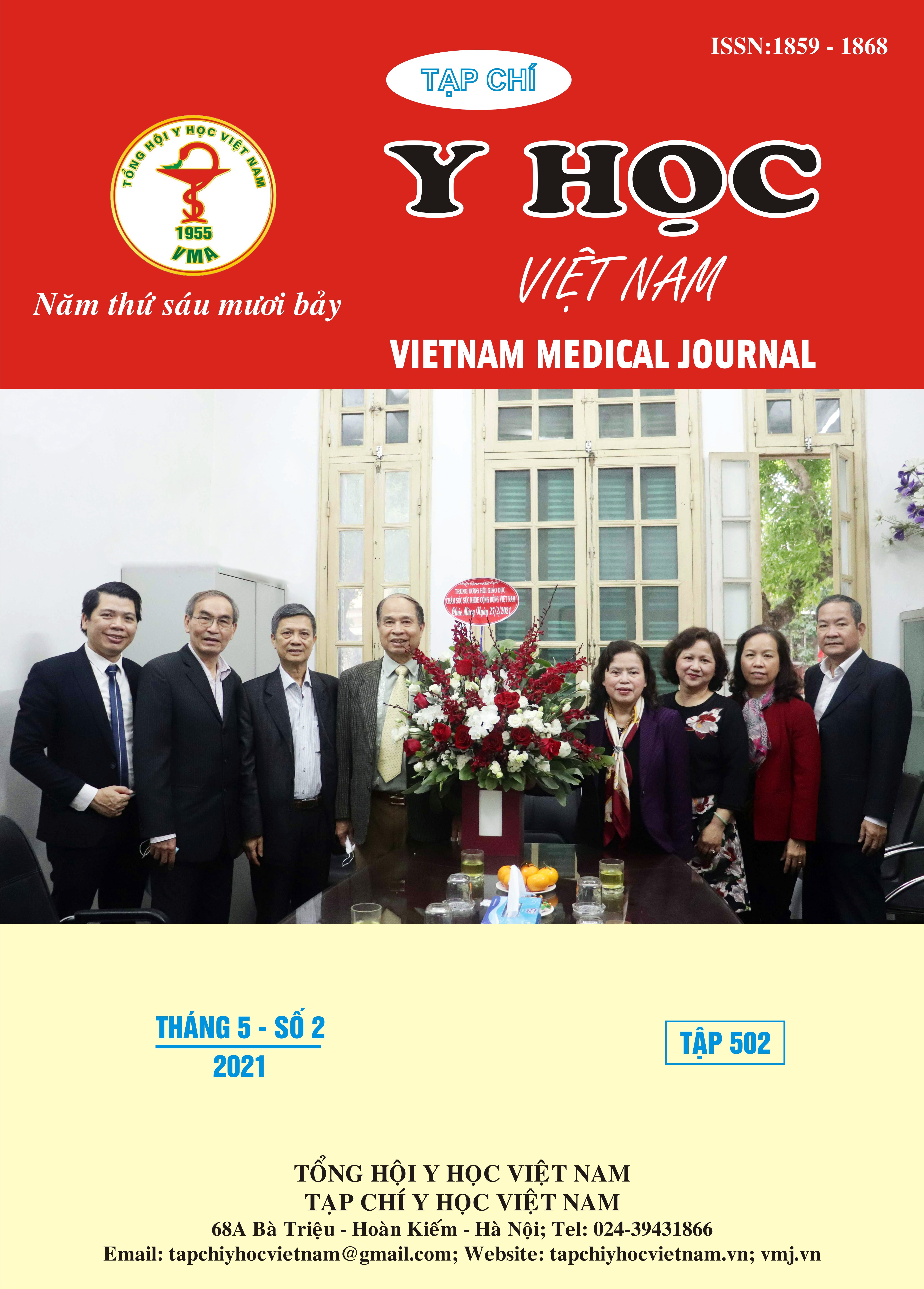EVALUATION OF PAIN RESPONSE AFTER DIRECT PULP CAPPING WITH CALCIUM-SILICATE-BASED BIOMATERIALS
Main Article Content
Abstract
Objectives: The aim of was to evaluate ofpain or sensitive response afterdirect pulp capping with Mineral Trioxide Aggregateand Biodentine. Methods: This randomized clinical trial sudy was set up with direct pulp capping procedure with Mineral Trioxide Aggregate and Biodentine. The sample consisted of twenty-two caries-free, intact, permanent premolars, collected from 18 to 35 year-old humans and scheduled for extraction for orthodontic reasons. Postoperative pain was recorded by using VASWong-Baker faces pain rating scale and percussion test responses up to one, seven and thirty days following the treatment. Results: Forincidence and intensity of postoperative pain, there was 64%of patientsin MTA group and 46%of patients in Biodentine group,experiencedmild and moderate painfollowing the procedure. For occurrence and total time of postoperative pain, pain response in MTA group after one, seven and thirtydays was 29%, 43%, 29%, respectively; in BD group pain response was occuredin 33%of patientsafterseven daysand 67% of patientsafter thirty days.For the lasting pain, all pain response persisted no longer than 10 seconds. Morover, patient usually felt pain with thermal stimulant and they feltno pain with percussion test. There was no significant difference in postoperative pain between the teeth that received either MTA or Biodentine (p>0.5). There was no signs of pulpitis and all teeth remains their pulp vitality in recall clinical examination after direct pulp cappingtreatment. Conclusion: The findings of the present study showed that a majority of the patient reported pain following direct pulp cappingplacement, the pain responses was not prolonged and ranges from mild to moderate. There was no significant difference in pain reported between MTA or Biodentinewhen they were used as pulp capping agents. The overall survival ofpulp vitality shown the effective of calcium-silicate-based biomaterials in conservative endodontic treament.
Article Details
Keywords
Vital pulp therapy, direct pulp capping, Calcium-Silicate-Based Biomaterials, Mineral Trioxide Aggregate (MTA), Biodentine, Pain Measurement
References
2. Brizuela C., Ormeno A., Cabrera C., et al. (2017), "Direct Pulp Capping with Calcium Hydroxide, Mineral Trioxide Aggregate, and Biodentine in Permanent Young Teeth with Caries: A Randomized Clinical Trial", J Endod, 43 (11), pp. 1776-1780.
3. Hegde S., Sowmya B., Mathew S., et al. (2017), "Clinical evaluation of mineral trioxide aggregate and biodentine as direct pulp capping agents in carious teeth", J Conserv Dent, 20 (2), pp. 91-95.
4. Kaur M., Singh H., Dhillon J. S., et al. (2017), "MTA versus Biodentine: Review of Literature with a Comparative Analysis", Journal of clinical and diagnostic research : JCDR, 11 (8), pp. ZG01-ZG05.
5. Nowicka A., Lipski M., Parafiniuk M., et al. (2013), "Response of human dental pulp capped with biodentine and mineral trioxide aggregate", J Endod, 39 (6), pp. 743-7.
6. Parirokh M., Torabinejad M. (2010), "Mineral trioxide aggregate: a comprehensive literature review--Part I: chemical, physical, and antibacterial properties", J Endod, 36 (1), pp. 16-27.
7. Rajasekharan S., Martens L. C., Cauwels R., et al. (2018), "Biodentine material characteristics and clinical applications: a 3 year literature review and update", Eur Arch Paediatr Dent, 19 (1), pp. 1-22.


